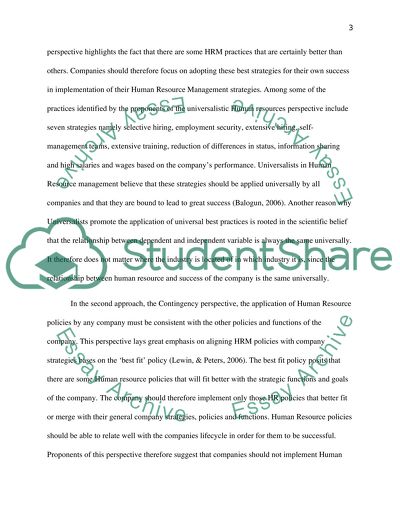Cite this document
(“Universalism in Human Resource Management Is Dead Research Paper”, n.d.)
Universalism in Human Resource Management Is Dead Research Paper. Retrieved from https://studentshare.org/human-resources/1485285-human-resource-strategies-midterm-essay
Universalism in Human Resource Management Is Dead Research Paper. Retrieved from https://studentshare.org/human-resources/1485285-human-resource-strategies-midterm-essay
(Universalism in Human Resource Management Is Dead Research Paper)
Universalism in Human Resource Management Is Dead Research Paper. https://studentshare.org/human-resources/1485285-human-resource-strategies-midterm-essay.
Universalism in Human Resource Management Is Dead Research Paper. https://studentshare.org/human-resources/1485285-human-resource-strategies-midterm-essay.
“Universalism in Human Resource Management Is Dead Research Paper”, n.d. https://studentshare.org/human-resources/1485285-human-resource-strategies-midterm-essay.


